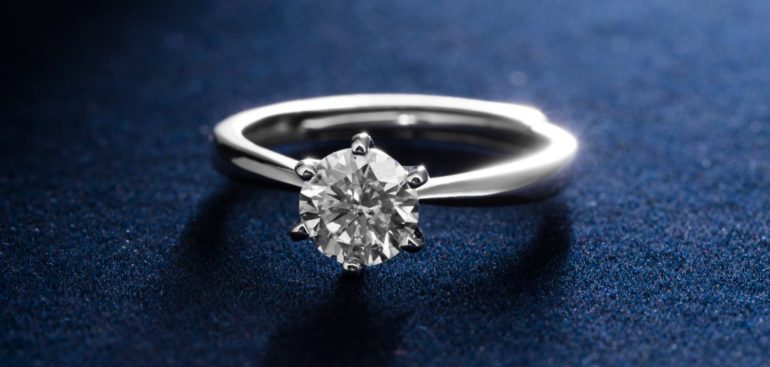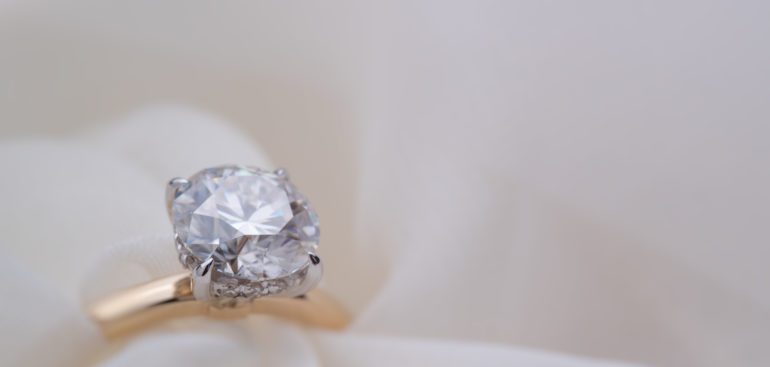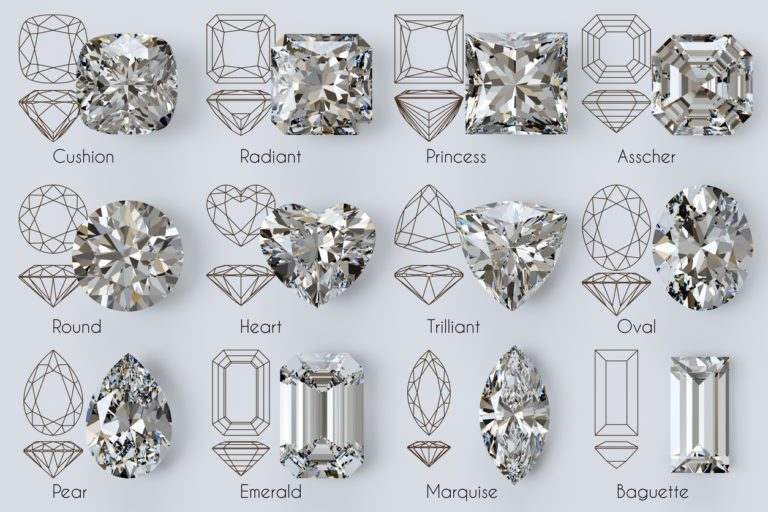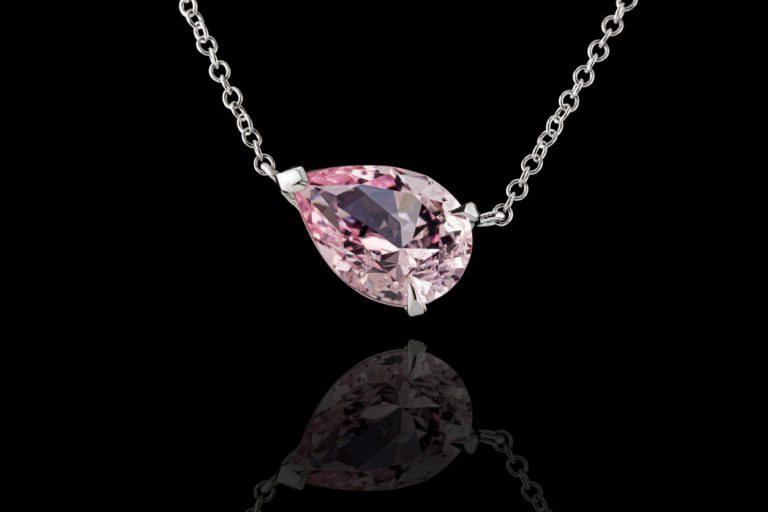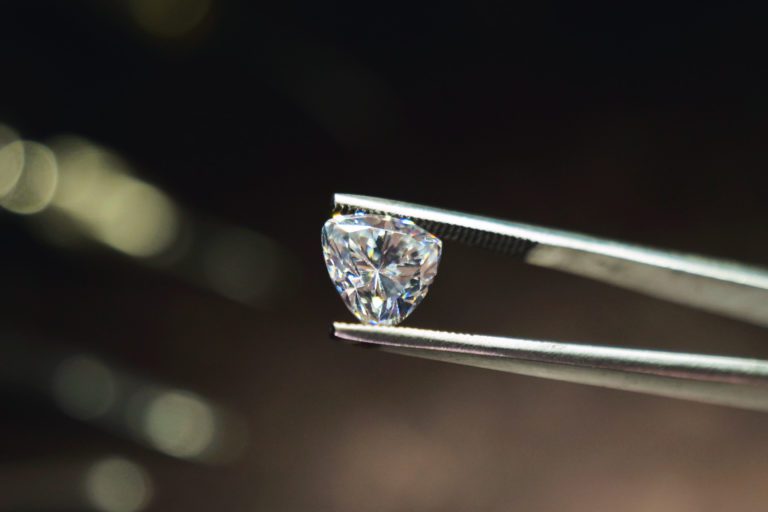The Kimberley Process Certification Scheme (KPCS) stands as a pivotal force in the global fight against conflict diamonds. Established in 2003, this international initiative unites governments, diamond industry players, and civil society to eradicate the trade of rough diamonds used to fund armed conflicts.
The core objective of the Kimberley Process is to prevent the flow of “blood diamonds” from entering the legitimate diamond supply chain. Participating countries enforce stringent regulations to ensure that all rough diamonds are mined, processed, and exported responsibly. Diamonds must be transported in tamper-resistant containers with official Kimberley Process certificates, assuring consumers of their ethical origin.
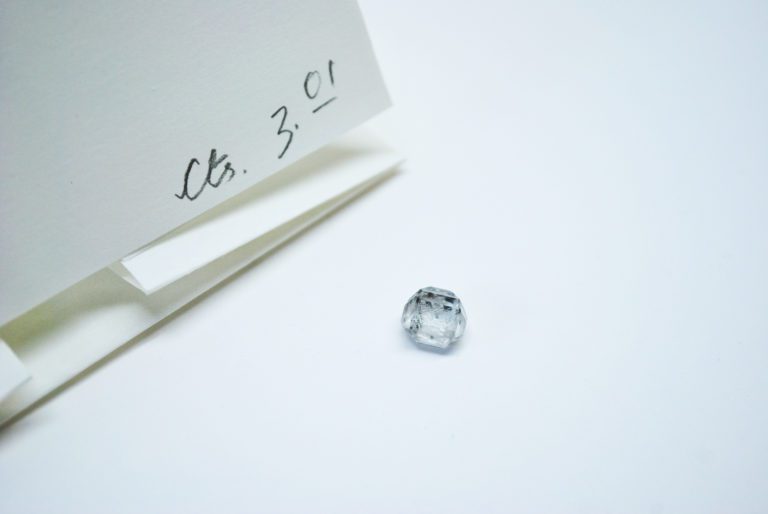
Through the Kimberley Process, 99.8% of the world’s diamond production now comes from conflict-free sources, fostering stability and economic development in diamond-producing regions. By upholding strict adherence to ethical practices, the KPCS promotes transparency, sustainability, and respect for human rights within the diamond industry.
While the Kimberley Process has achieved significant progress, challenges remain. Critics point out the need for greater inclusivity, as some nations with human rights concerns still participate in the scheme. Additionally, the rise of lab-grown diamonds has sparked debates on whether they should be included under the KPCS guidelines.
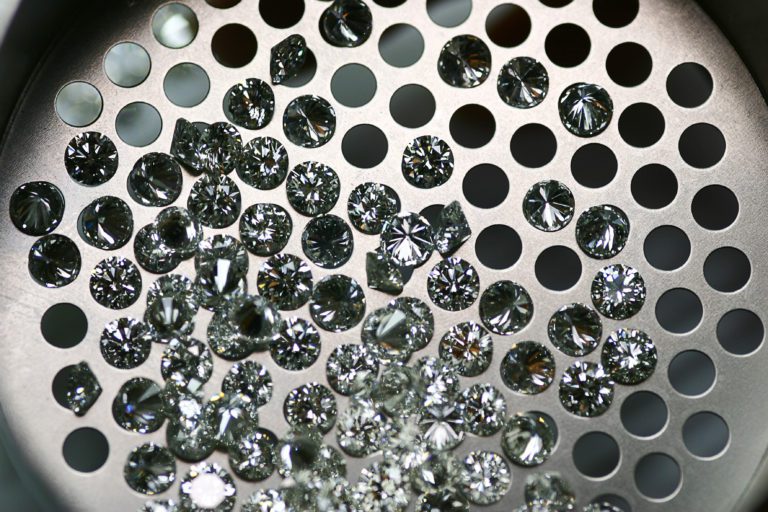
Nevertheless, the Kimberley Process remains a critical mechanism in transforming the diamond industry and promoting responsible consumer choices. By supporting this initiative, we empower communities, protect lives, and ensure that the sparkle of a diamond reflects only its natural beauty, untainted by the shadows of conflict.

R&J Jewelry and Loan prides itself in offering its valued customers diverse ethical and responsible diamond options. With a commitment to sustainability and social responsibility, R&J Jewelry and Loan presents a collection of lab-grown diamonds, crafted with cutting-edge technology to match the brilliance and allure of natural diamonds. These lab diamonds provide customers with a guilt-free sparkle, as they are responsibly sourced, leaving no environmental or social impact behind. Moreover, R&J Jewelry and Loan ensures that all its diamond jewelry is conflict-free, adhering to the strict standards of the Kimberley Process. By providing both lab-grown and conflict-free diamond jewelry, R&J Jewelry and Loan empowers customers to make informed choices, knowing that their purchase supports ethical practices and contributes to a brighter, more sustainable future for the world of diamonds.
